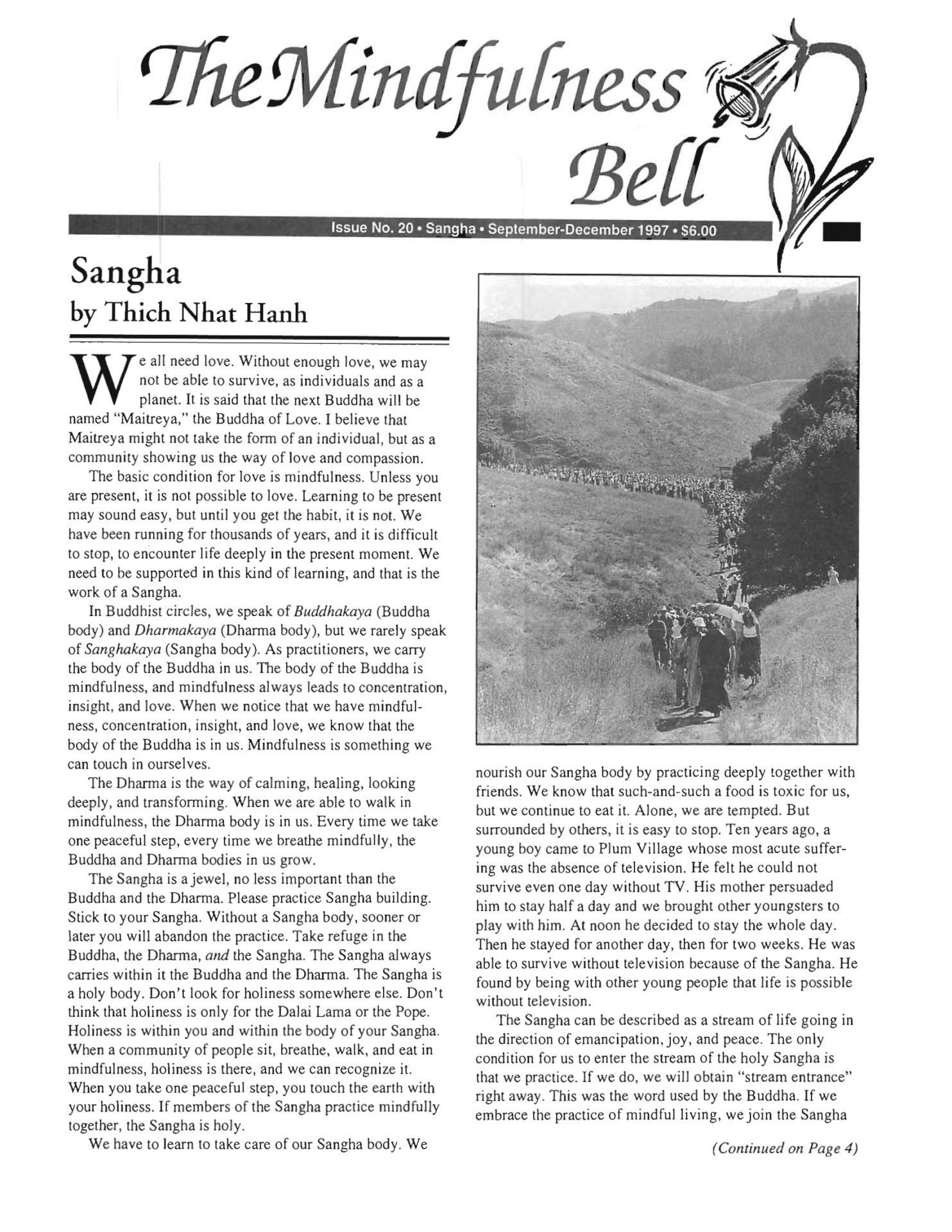By Rowan Conrad
Thich Nhat Hanh points out that rigid views are the bane of practice. To improve our meeting practice, or any aspect of our practice, it is essential to remain fluid in our viewpoints about solutions such as consensus. One idealistic view I hope we can avoid is that consensus in and of itself is a “white knight.” We need to ask how consensus decision-making contributes to the overall development of our practice and how we need to develop our practice to take advantage of it,
By Rowan Conrad
Thich Nhat Hanh points out that rigid views are the bane of practice. To improve our meeting practice, or any aspect of our practice, it is essential to remain fluid in our viewpoints about solutions such as consensus. One idealistic view I hope we can avoid is that consensus in and of itself is a "white knight." We need to ask how consensus decision-making contributes to the overall development of our practice and how we need to develop our practice to take advantage of it, or any other method.
Those who study group process say that the correct decision-making method depends on the nature of the decision and the situation. They also identify the conditions under which consensus is not indicated. For example, surgeons and sergeants do not confer, they direct. The term is "Decision by Authority Without Input." On the other hand, a business making a major decision involving the livelihoods of many people and the expenditure of much money might assemble a group representative of various skills and viewpoints and pursue the decision until consensus is reached.
"Consensus" and "Decision by Authority Without Input" anchor the ends of a continuum of methods. Somewhere in the middle is "Decision by Authority With Input," a method many Buddhist communities with resident teachers use to this day. At Plum Village, the community works to consensus on an issue and then takes the decision to Thay, who considers that input and makes a decision.

If we want to use consensus, we must create the conditions within which consensus can succeed. And we must use our intelligence to determine when our decision-making method itself is a symptom and not the problem. There is little doubt that consensus can contribute to our practice. But no approach, technique, or meeting skill can compensate for a lack of commitment to practice or a failure to see meetings as practice. The answer is not in fixing meetings per se, but in developing practice and seeing meetings as practice. Not two and not one.
Rowan Conrad, True Dharma Strength, is a member of the Open Way Sangha in Missoula. Montana. His work includes consulting for meeting process and other human dynamic issues. A longer version of this article appeared in the Spring 1997 Open Way News and Views.

